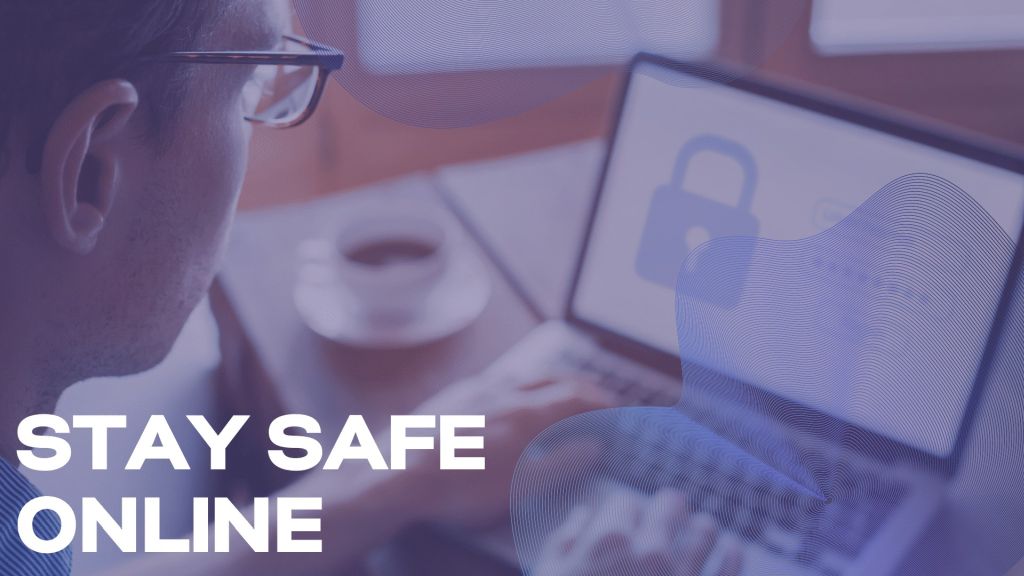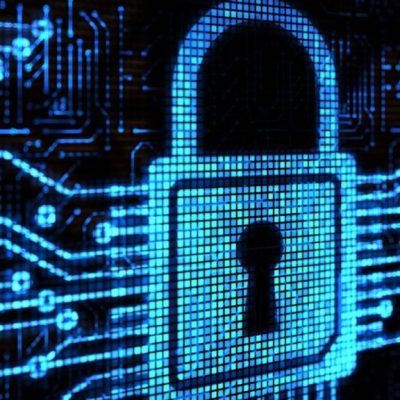When it comes to staying safe online, think of it like protecting your health. Just as bac water helps prevent harmful bacteria from growing, a smart set of online habits and tools can keep your digital space free from threats. Both work quietly behind the scenes, providing an extra layer of protection that might not seem obvious at first glance, but makes all the difference. Navigating the digital world without safeguards is like ignoring the basics of hygiene – risky and avoidable.
In this blog, we’ll explore smarter ways to safeguard your online presence, so you can browse, share, and connect with confidence. Because whether it’s your health or your data, prevention is always key.
Why Online Safety Should Be a Priority
Your online life holds a wealth of personal information—from bank details to private conversations. Without proper safeguards, this data could fall into the wrong hands, leading to identity theft, financial loss, or even emotional distress. Cyber threats like phishing scams, ransomware, and malicious links are constantly evolving, making digital landscapes trickier to navigate. Prioritizing online safety is about more than just avoiding hackers; it’s about protecting your digital well-being and ensuring peace of mind while you browse, connect, and share. The smarter your approach, the safer you’ll be, allowing you to enjoy the digital world without unnecessary risks. Taking preventive steps now is far easier than recovering from a security breach later!
Recognizing Common Digital Threats
The internet is full of opportunities—but it also comes with risks. Phishing, for example, tricks you into revealing sensitive information through fake emails or websites. Malware can sneak onto your device, damaging files or stealing data. Ransomware takes this a step further by locking you out of your files, demanding a ransom for their release. Then, there are data breaches, where hackers gain access to massive amounts of private information from companies or websites. Recognizing these threats is the first step to staying safe. Be cautious with unexpected messages, avoid clicking on suspicious links, and always keep your software updated. By staying alert and informed, you can spot the red flags before they lead to trouble and protect yourself from these common digital dangers.

Essential Tools for Protecting Your Data
Protecting your data starts with the right tools. Antivirus software acts as your first line of defense, detecting and removing harmful programs before they can cause damage. Password managers help you create and store strong, unique passwords for each account, reducing the risk of breaches. A virtual private network (VPN) adds an extra layer of security by encrypting your internet connection, keeping your online activities private from prying eyes. Two-factor authentication (2FA) offers an additional shield, requiring a second form of verification, like a code sent to your phone, to access your accounts. Each of these tools plays a vital role in safeguarding your personal information. By incorporating them into your digital routine, you can confidently reduce vulnerabilities and keep your data secure in an increasingly connected world.
Staying Smart About Links and Downloads
Clicking or downloading without caution can open the door to cyber threats like malware and phishing attacks. Before you click a link, take a close look. Does it come from a trusted source? Hover over it to preview the URL and check that it leads where it claims to. Be especially wary of shortened or oddly formatted links. When downloading files, stick to official websites and app stores to reduce the risk of installing harmful software. Avoid clicking on unexpected email attachments or pop-up ads claiming you’ve won a prize. These are common tricks used to lure victims. Taking a moment to verify a link or source might save you from a world of trouble. A little suspicion goes a long way when it comes to staying safe online!
Tips for Safe Online Shopping and Payments
Shopping online is convenient, but staying safe is key. Always use secure websites with “https” in the URL and a padlock icon in the address bar. Avoid making transactions over public Wi-Fi, as these networks are easier for hackers to exploit. Instead, stick to your home network or use a VPN for secure browsing. Keep your payment methods secure by using credit cards or trusted payment services, which often offer better fraud protection. Finally, monitor your bank statements regularly for unauthorized charges. A little caution can help you shop with confidence and keep your finances secure!
Building a Safer Digital Future for Yourself and Others
Creating a safer digital future starts with the actions we take today. By prioritizing online safety, recognizing threats, and using essential tools, you can protect yourself and inspire others to do the same. Adopting habits like verifying links, using secure networks, and being cautious with personal information strengthens your defenses. But it doesn’t stop there. Share what you’ve learned with friends and family to build a community that values security. Stay informed about evolving digital threats to adapt and protect effectively. Together, we can shape a safer, more secure online world for everyone.





